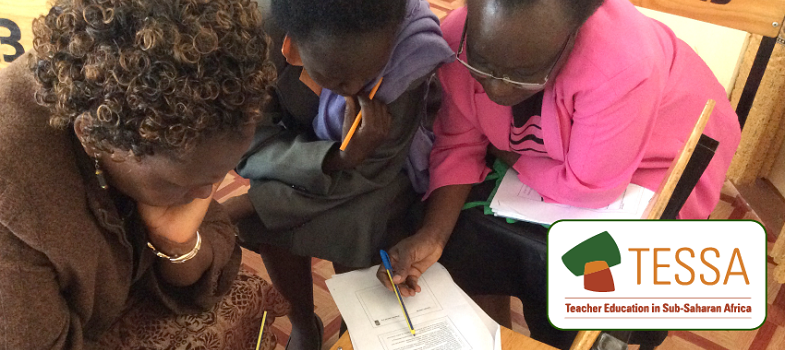1. Exploring similarities and differences between how people live and work
In primary school, older pupils are well able to work with the idea that objects in two different categories might still have a number of properties or features that make them similar. It is part of your role to help younger pupils understand this.
In this part, you are encouraged to develop this thinking in your pupils in relation to the tension between commonality and diversity among human beings. Case Study 1 and Activity 1 suggest ways of using group discussions to explore the different lifestyles of people in different places, but also to remind pupils of the shared humanity of people everywhere.
Case Study 1: Exploring differences between settlements
Ms Maryogo teaches geography in a remote rural village school in Tanzania. The inhabitants of the village are on the whole very poor. Mrs Maryogo wants to help her pupils to question the differences between communities and so sets them tasks that encourage them to think critically and discover truths about the world they live in for themselves.
Today, she has considered very carefully what she can expect her 11-year-old pupils to do and has prepared a series of images that reflect life in different communities (see Resource 1: Living in different communities).
In discussion in class, Ms Maryogo poses the following questions:
- What similarities are there between these places?
- What similarities are there between the people living in these places?
- What differences are there?
- Why are there these differences?
As pupils suggest answers to these questions, she encourages them to extend their ideas and think more deeply. She explores sensitively with them the feelings they have about living in their village.
(See also Key Resource: Using questioning to promote thinking.)
Activity 1: We are different, we are the same
Divide the class into groups of four or more. (If you are able to produce only a small number of copies of Resource 1 then the groups will need to be bigger.)
Give each group one scenario from Resource 1– schooling, swimming or shopping – to work with. Each group should make a list of the similarities between what people do in each situation, and the differences. Use only the evidence in the pictures.
Ask each group to write sentences which compare the situations, for example:
- In the market, the food goods are laid out in a round tray.
- In the shop, people push things around in trolleys.
They can display these sentences with the pictures and others in class can see what different groups have said about each picture.
Looking at their displays will help you assess how well they have understood the topic. You can use this to plan the next step in their learning.
If you have younger pupils, you could do this as a class activity, using two contrasting photos and asking questions to help focus their observations.
Section 5 : Investigating other people and places



